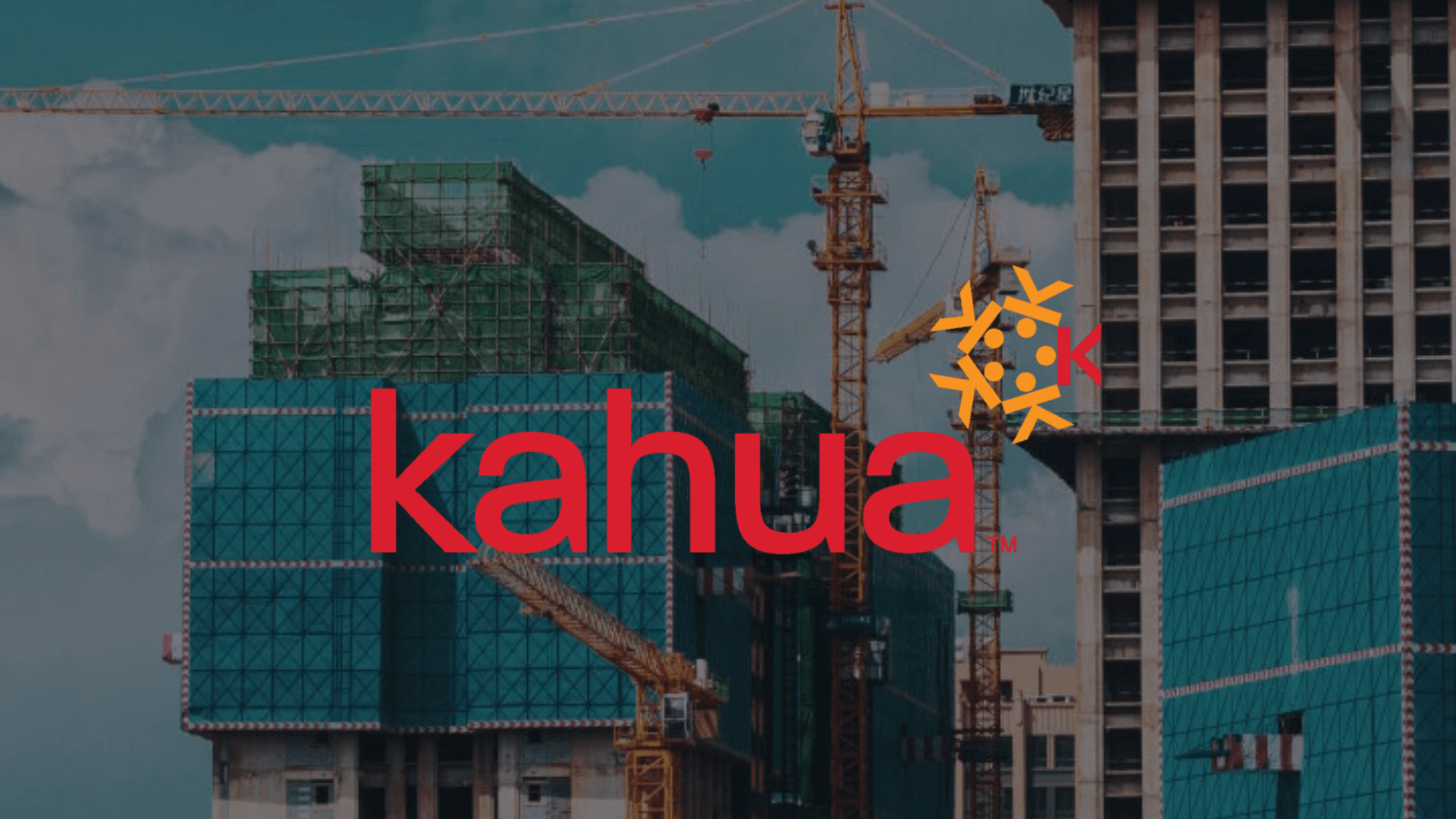Construction projects generate a massive amount of data, much of which is tied to assets—equipment, systems, and infrastructure that will need to be maintained long after the project is complete. The problem? Traditional project management treats asset data as a separate concern, often leading to delays, missing information, and inefficiencies during handover. Kahua is changing that with Asset Centric Project Management (ACPM), a new approach that keeps assets at the forefront from day one.
What makes ACPM different?
Most project management systems focus on tracking schedules, budgets, and tasks, while asset data is compiled at the end as a separate handover package. This is where things often fall apart. Missing documentation, incomplete data, and miscommunication can create costly problems for owners and facility managers. Kahua’s ACPM solves this by making asset data collection part of every phase of construction.
From design to completion, every asset—whether it’s an HVAC system, electrical panel, or security system—is continuously tracked. Documents, maintenance requirements, and installation details are attached to each asset in real time, creating a fully integrated system. This means when the project is complete, all asset information is already compiled, eliminating the last-minute scramble.
Who benefits from ACPM?
Asset Centric Project Management is built for anyone responsible for ensuring a smooth transition from construction to operations. Project owners gain confidence that their facilities will be ready to use without extra data collection. Contractors reduce rework and delays caused by missing information. Facility managers receive everything they need to maintain assets effectively, without spending months sorting through incomplete handover documents.
By treating asset data as an integral part of the construction process rather than a final step, ACPM ensures that nothing gets lost in the shuffle. That means fewer surprises, fewer headaches, and a more efficient transition to full operational use.
Why is this important?
A project’s success isn’t just measured by how quickly it’s built—it’s about how well it functions once construction is complete. Without clear, accessible asset data, facility teams are left scrambling to piece together information that should have been ready from the start. ACPM removes that problem by making asset tracking part of the workflow from day one.
This approach also helps companies stay ahead of compliance requirements, streamline facility maintenance, and avoid costly inefficiencies. With asset data automatically linked to project tasks and documents, nothing gets overlooked.
For those managing complex projects, Asset Centric Project Management represents a shift toward smarter, more efficient construction management.
To keep up with the latest in construction tech and innovation, subscribe to Under the Hard Hat and follow us on social media for more insights on cutting-edge project management solutions.


